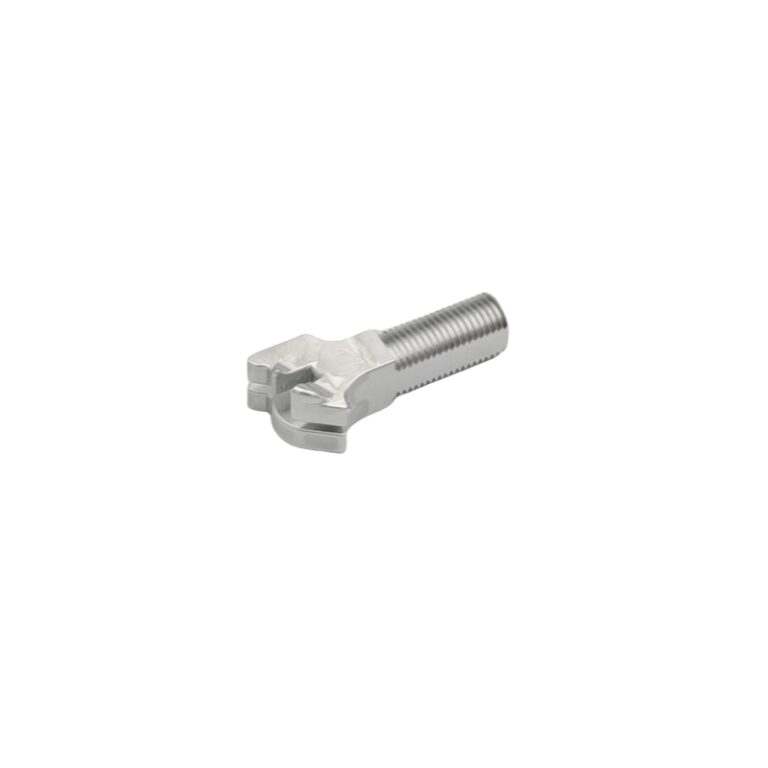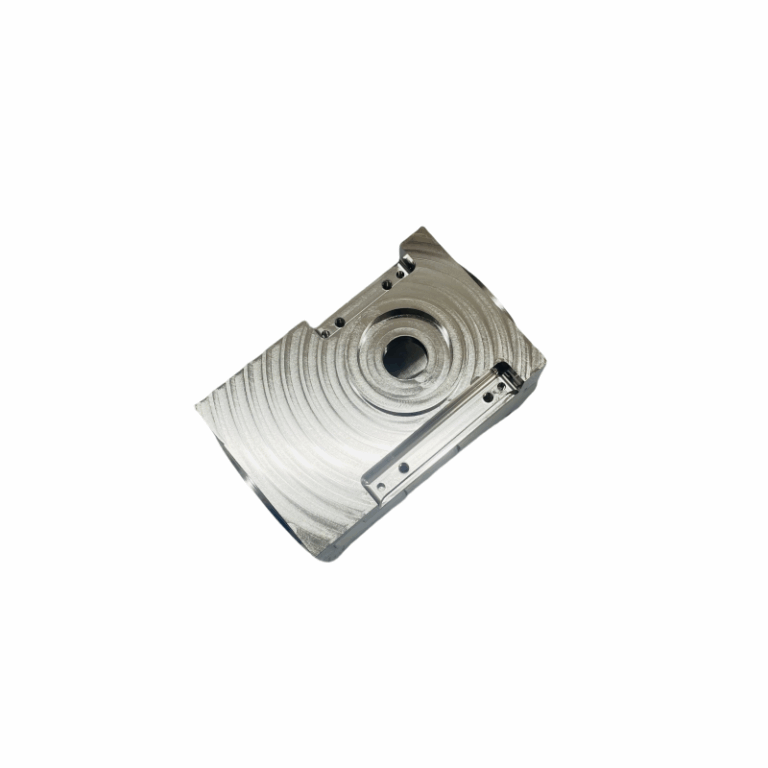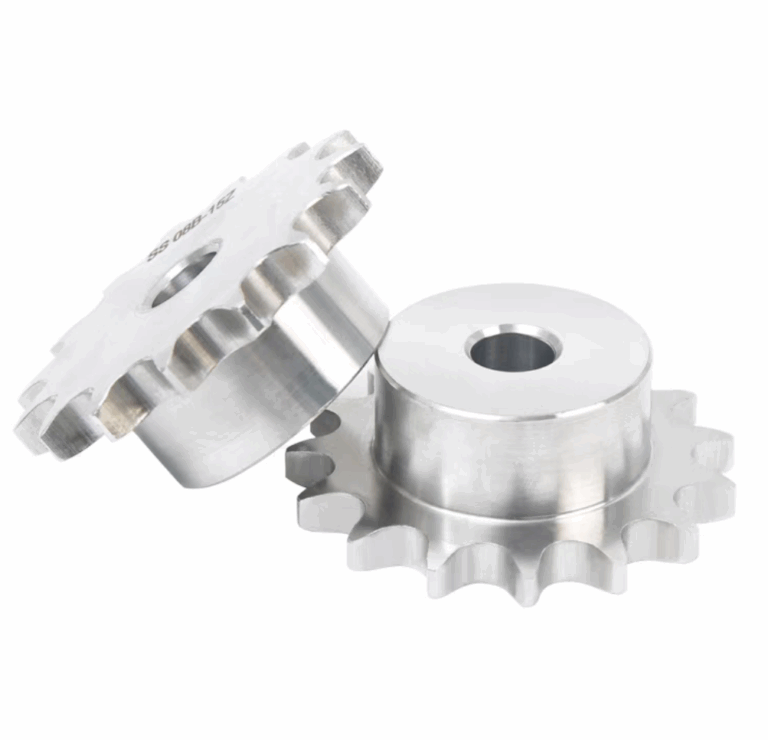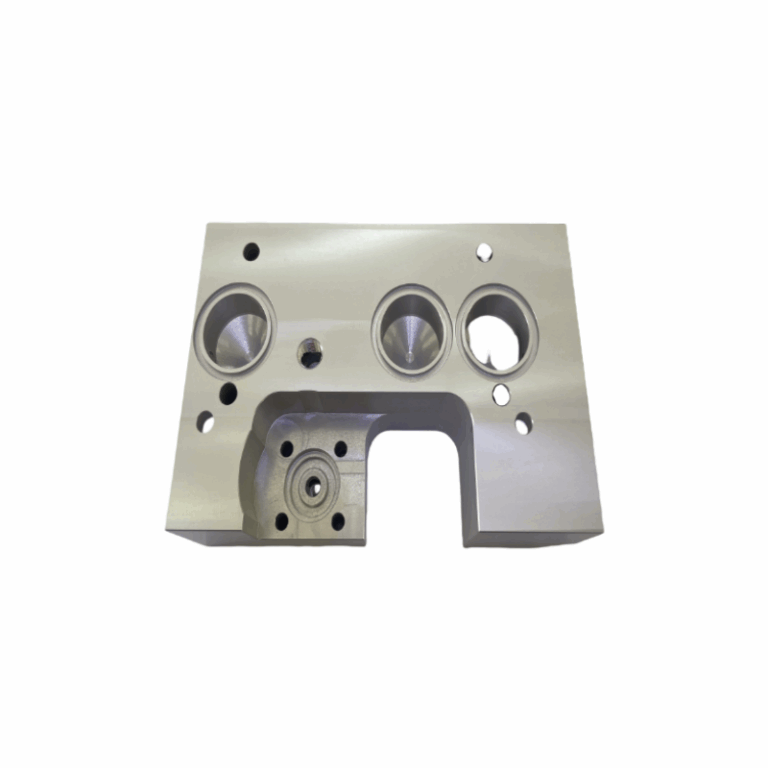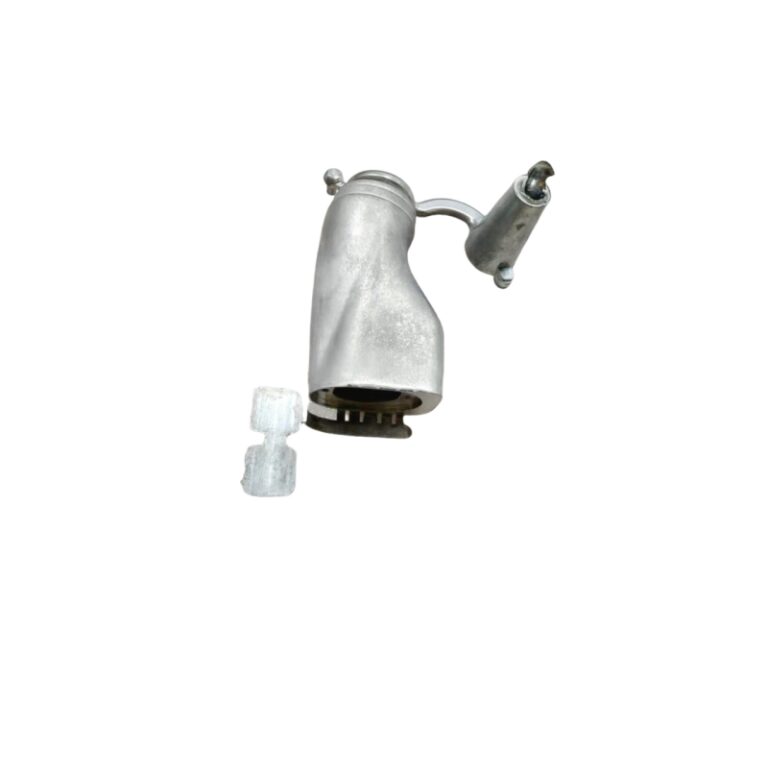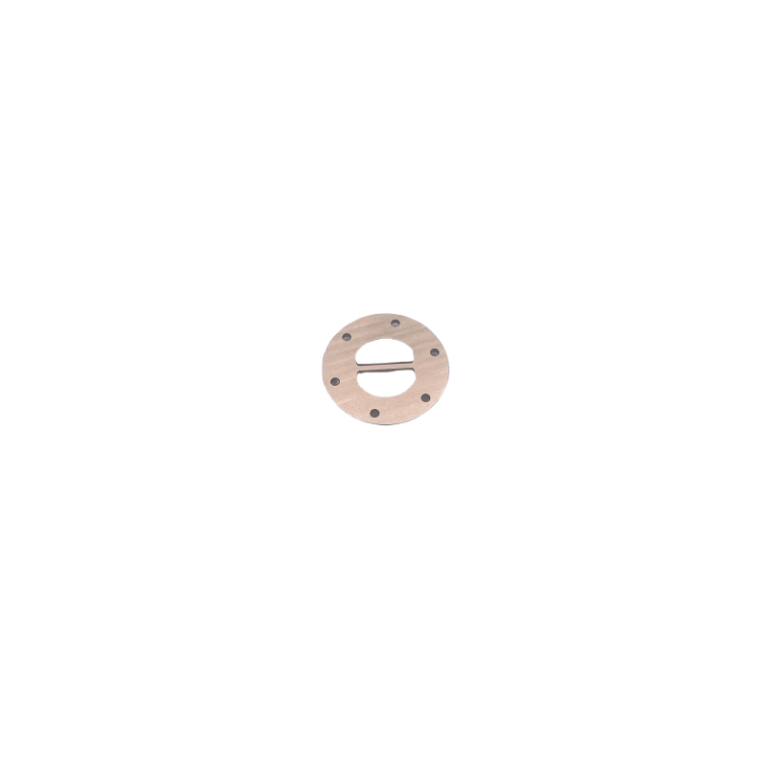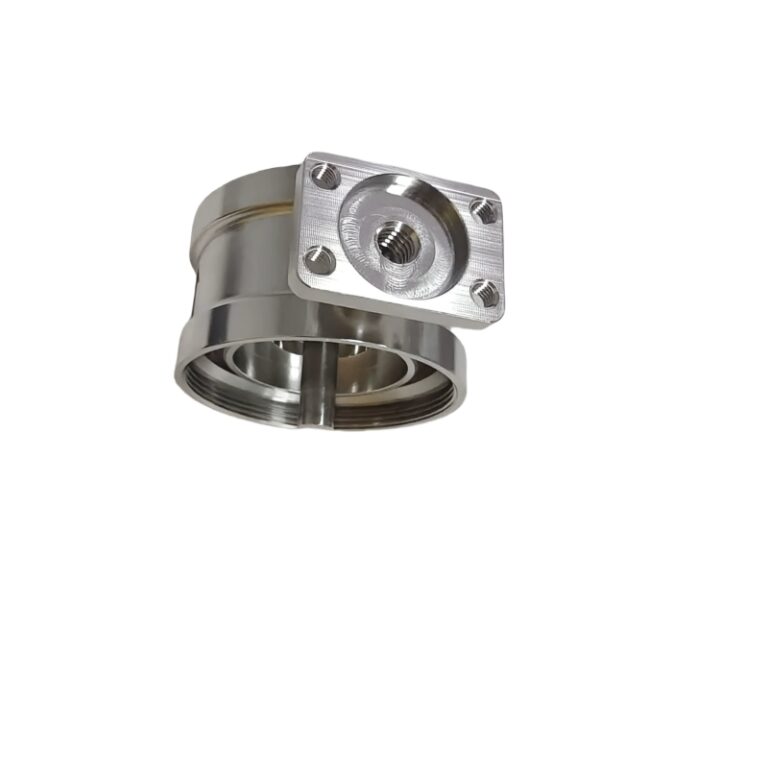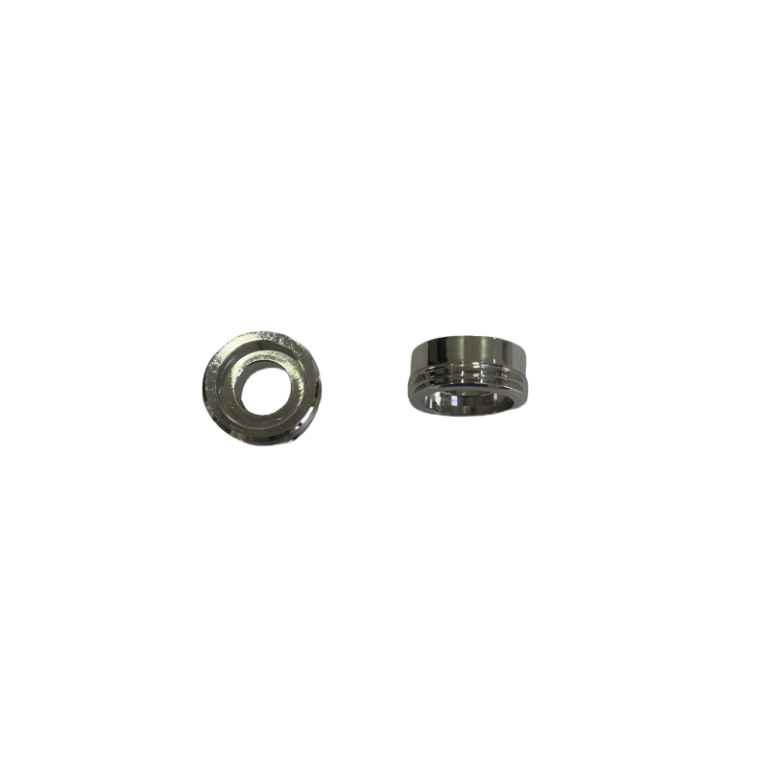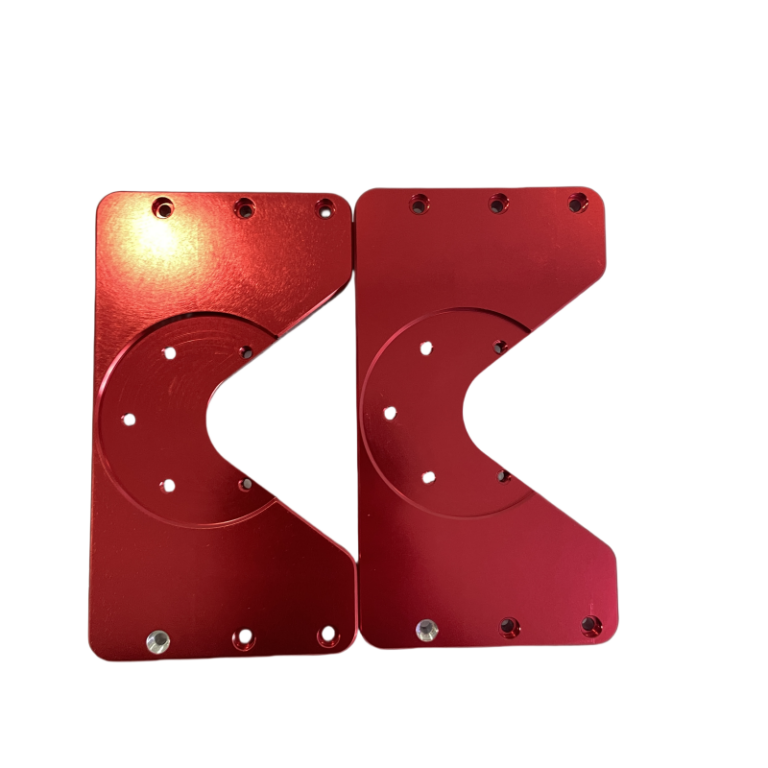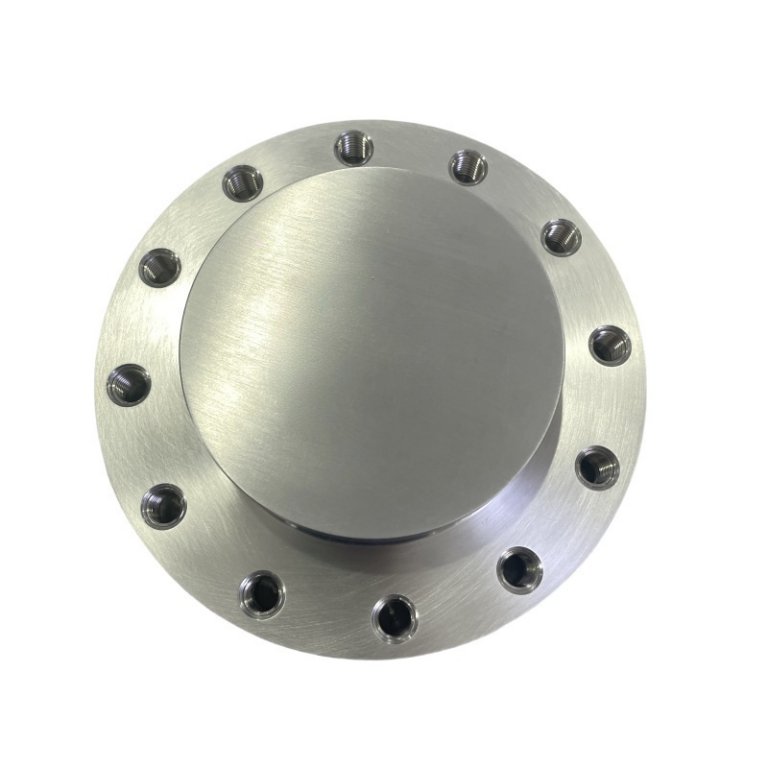Sheet metal fabrication is important for various industries, from automotive and construction to aerospace and energy. It transforms simple sheet metal into complex parts, driving innovation and advancing the industries.
What is Custom Sheet Metal Fabrication?
Custom Sheet metal fabrication is a processing technology that applies force to thin metal sheets to deform them and create three-dimensional shapes according to the drawings.
Custom sheet metal fabrication services typically involve several steps, starting with the design phase, where precise measurements and specifications are determined. Next, the fabrication consists of cutting the sheet metal into the desired shape using CNC laser cutting, punching, or metal shearing technologies. Further steps include bending and forming the metal into the desired shape by using press brakes and other specialized machinery. Finally, the parts are assembled and connected through welding, riveting, or adhesives.
What are the common custom sheet metal manufacturing processes?
1. Sheet metal cutting
Sheet metal Cutting is often the first technique in the custom sheet metal fabrication process. It involves removing sections of sheet metal to obtain specific sizes and shapes. Subsequently, cutting also lays the foundation for subsequent fabrication steps such as bending, welding, and assembly. Effective cutting ensures that metal parts fit together accurately in the final assembly, maintaining the integrity and functionality of the final product. You can achieve the ideal cutting effect using different sheet metal cutting methods in manufacturing, each suitable for different sheet metal types, thicknesses, and precision requirements.
| Cutting processes | Tolerance | Suitable material | Applications | Capability(thickness) |
| Laser cutting | ±0.005″ | Steel, stainless steel, aluminum, copper, brass, etc. | Intricate shapes and complex designs | Typically up to 1” , but higher for soft metals |
| Plasma cutting | ±0.005″ | Conductive metals. | Thick sheets, large parts, and rapid prototyping. | Up to 2” |
| Water jet cutting | ±0.015″ | Both metals and plastics, also including titanium alloys | Many applications, including heat-sensitive components. | Up to 6” |
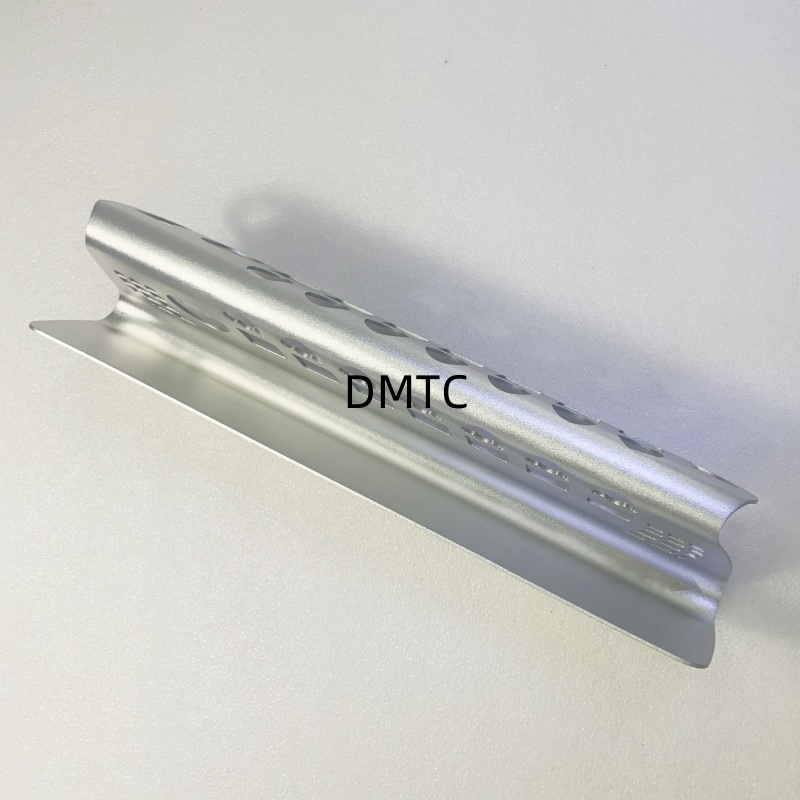
2. Sheet metal bending
The general bending process is to install the mold on a bending machine and apply pressure to the cut plate to make it bend linearly at a certain angle. This process requires skill and precision, as the metal must be bent precisely to the specified angles and dimensions.
The most common sheet metal bending technologies are:
- V-shaped bending: Put the metal material on the V-shaped die, The bending punch provides the force to bend the metal material to the desired angle. This method bends the steel sheet without changing its position.
- Roll bending: This method bends sheet metal into curved shapes or rolls. It uses a bending machine, a hydraulic press, and three rollers to create the desired bend. It is preferred for parts such as tubes, cones, and other hollow-shaped materials.
- U- shaped bending: This bending process is similar to the V-bend. The only difference is that it uses a U-shaped die and the final component is U-shaped.
- Rotational bending. This method bends metal into sharp angles. It is an excellent choice for bends greater than 90 degrees.
- Wipe bending. It uses a wiping die to determine the inside radius of the sheet metal bend.
Bending is the ideal method for metals that are malleable but not brittle. They include mild and spring steels, aluminum 5052, and copper. Materials such as aluminum 6061, brass, bronze, and titanium are more difficult to bend.
3. Sheet metal Stamping
Sheet metal stamping is a cold forming process and it is another important custom sheet metal fabrication process. It uses dies and punching machines to press sheet metal into specific shapes or designs. Stamping can often be a combination of complex cutting and forming techniques to obtain complex parts in a shorter operation. It includes bending, punching, embossing, and flanging to create a wide range of products.
Sheet Metal Stamping Equipment and Tools
Mechanical presses are widely used for high-speed stamping and are suitable for large-scale production. Secondly, hydraulic presses can provide precise control for thicker and tougher sheets. Thirdly, multi-station presses are well suited for complex or multi-stage stamping processes. In addition, the choice of stamping equipment depends on a variety of factors, including metal type, part complexity, required accuracy, and production volume.
4. Sheet metal welding
Sheet metal welding is the joining of two or more pieces of metal by the application of heat, pressure, or both. It creates complex structures and assemblies out of simpler metal pieces. The welding process forms a strong bond and maintains the integrity and continuity of the metal. So it is essential for the durability and functionality of the final product.
Additionally, welding is versatile and can integrate different types and thicknesses of metal, which is invaluable in custom sheet metal fabrication projects. However, the skill and precision required for sheet metal welding play a major role in determining the quality and appearance of the finished product.
The following table describes five common types of welding used in sheet metal fabrication.
| Welding Types | Description | Applications | Advantages | Disadvantages |
| MIG Welding | Use a continuous wire feed electrode and inert gas to shield the weld. | Autos, robots, and buildings | Fast speed, suitable for long welds, easy to learn | Less effective with very thick materials |
| TIG Welding | Uses non-consumable tungsten electrodes and inert gas | Aerospace, Art Sculpture | High precision, clean welds, wide range of uses | Slower speed, requires a higher skill level |
| SMAW Welding | Use the melted electrode to create the weld | Field maintenance, heavy equipment | Widely used, no gas required, effective outdoors | The weld is rough and the precision is low |
| Laser Welding | Using a laser beam as a concentrated heat source | Electronics and medical equipment | High precision, low distortion, high speed | Specialized equipment required |
5. Machining in custom sheet metal fabrication
Machining also is an important process in custom sheet metal fabrication that involves removing material from a workpiece to obtain the desired shape and size. Unlike forming processes, machining offers high precision and is essential for creating intricate details and features on metal parts.
Machining methods:
- CNC milling: Computer-controlled rotating cutting tool to remove material. Ideal method for complex shapes and high precision.
- CNC turning: A machining process in which the metal part rotates while the cutting tool moves in a straight line. Suitable for cylindrical parts.
- EDM: Uses electric sparks to form metal into a specific shape. Ideal for complex or hard materials.
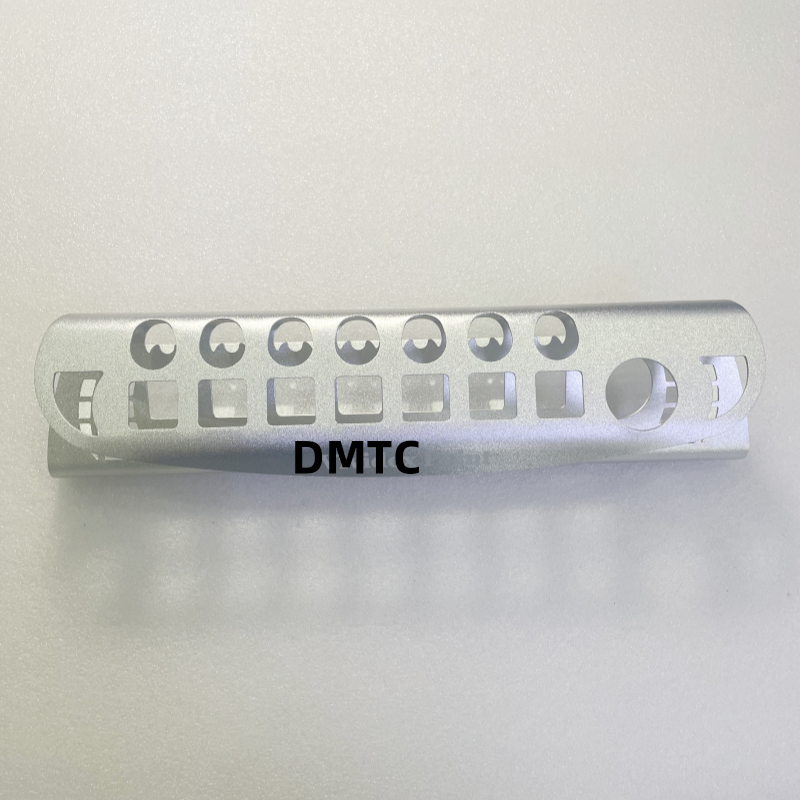
6. Assembly
Assembly is the final step in the custom sheet metal fabrication processes, creating complex metal structures and assemblies. By using the right methods and techniques, sheet metal fabricators can create high-quality products that meet all specifications and standards. Assembly can be accomplished using a variety of methods including mechanical fastening, welding, and adhesive bonding. Mechanical fastening uses bolts, screws, or other fasteners to keep metal parts together. Welding creates a permanent bond between parts, ensuring the final product is strong and durable. Adhesives are suitable for both temporary and permanent assemblies, often used to create lightweight structures or for applications where welding is not feasible.
Assembly can be a complex process that requires a high degree of skill and expertise. All parts must be assembled correctly and safely to avoid any problems with the final product.
7. Surface treatment after custom sheet metal fabrication
The right surface treatment can greatly enhance the appearance, durability, and functionality of the final product. Whether you want to improve the look of your product or enhance its performance, understanding the various metal surface treatment options available is essential to achieving your desired results.
| Surface treatment | Description |
| Sand Blasting | This technique involves using high-speed projectiles to spray sand or other abrasives on the metal sheet to smooth it out. Thus, it gives the metal sheet a matte texture in preparation for coating. |
| Polishing | Polishing the surface to give the metal a final shiny appearance. |
| Powder coating | This is a process whereby powder coating is sprayed directly onto the surface of a metal component. It is then baked in an oven to create a wear-resistant coating on the component. |
| Anodizing | Anodizing the parts gives them excellent rust resistance. In addition, it enhances the hardness and durability of the surface |
| Coating | This type of coating is known for its high electrical conductivity and corrosion resistance. The result of this coating procedure is a surface with a golden sheen, which is best suited as a base for paint. |
Conclusion
Custom sheet metal fabrication is both a science and an art. Its nuances and techniques will influence the final object. A skilled metal fabricator must handle each project. At DMTC, we specialize in bringing your designs to life using a variety of custom sheet metal fabrication techniques. Our advanced processes range, from cutting and bending to welding and surface finishing, ensuring that each part meets the highest quality standards. This versatility allows us to handle a wide range of projects, and customized machining to meet your specific needs.
Our state-of-the-art facilities set us apart in the industry. We have cutting-edge machinery, including CNC press brakes, laser and water jet cutting machines, CNC machining center and EDM tools, and more. These advanced equipment make our manufacturing can meet your requirements. You can get your free quotation in 12 hours!

